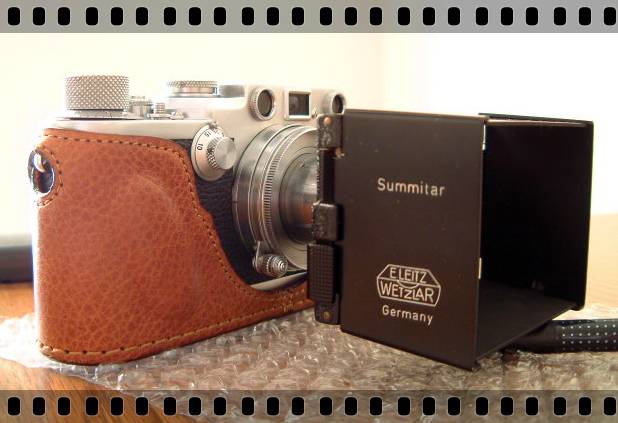Sonnar2
Well-known
Hi there,
what is the common believing about the last LTM collapsible summicron (50/2), SN 1,4xx,xxx ? Should be a 1957, later developed than all Canons, Nikons, etc. f/2 lenses. Better in some respects too?
It just came with a quite unused looking Bessa R (my spare body)
It makes me curious to compare it with the 2006' collapsible Heliar 50/2.
The lens looks good, of course there are some cleaning marks (damn soft coating of these 1950's Leica lenses) but not many. How is backlight flare with this lens? How is this lens as a user?
The focussing goes quite soft, like with my Summar and Summitar, whereas the aperture goes quite hard, turning the tubus to unlock. It looks like the former user had a favorite f-/stop. Overall the lens don't look used hard. (of course this can be a bad sign too...)
What I instantly like on it is small size. Reason no.1 for me to start RF photography, and (why alone I lusted for it) this is the "last" Barnack lens made by Leica. It took them some years to come back to that size...
cheers, F.
what is the common believing about the last LTM collapsible summicron (50/2), SN 1,4xx,xxx ? Should be a 1957, later developed than all Canons, Nikons, etc. f/2 lenses. Better in some respects too?
It just came with a quite unused looking Bessa R (my spare body)
It makes me curious to compare it with the 2006' collapsible Heliar 50/2.
The lens looks good, of course there are some cleaning marks (damn soft coating of these 1950's Leica lenses) but not many. How is backlight flare with this lens? How is this lens as a user?
The focussing goes quite soft, like with my Summar and Summitar, whereas the aperture goes quite hard, turning the tubus to unlock. It looks like the former user had a favorite f-/stop. Overall the lens don't look used hard. (of course this can be a bad sign too...)
What I instantly like on it is small size. Reason no.1 for me to start RF photography, and (why alone I lusted for it) this is the "last" Barnack lens made by Leica. It took them some years to come back to that size...
cheers, F.
Last edited:









